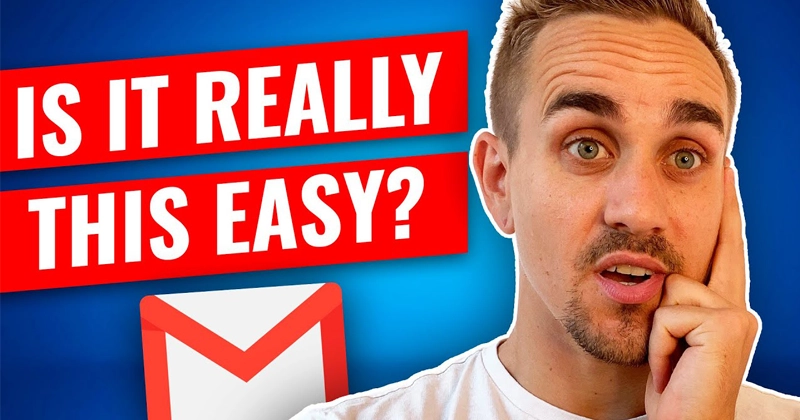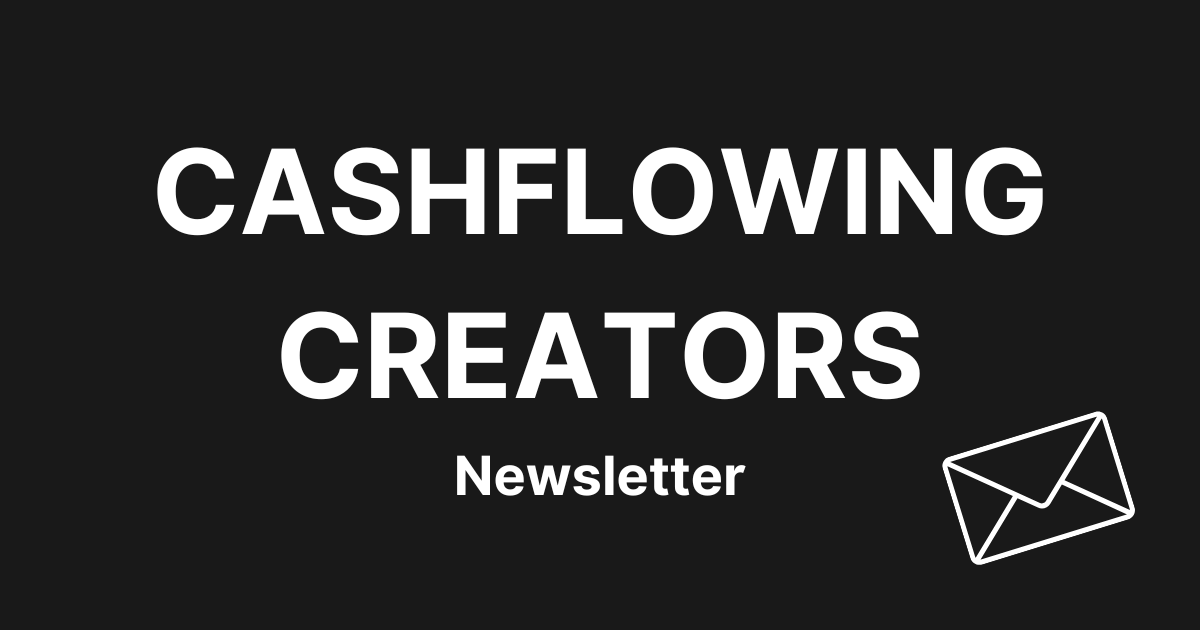As business owners and entrepreneurs, we thrive in the world of clicks, conversions, and customer engagement. Yet, we often struggle with the challenge of standing out in an inbox cluttered with competition.
That’s because most business owners get email marketing wrong.
It’s more than just sending promotional material; it’s about cultivating a relationship with your audience, offering value, and, when the time is right, presenting your product or service.
Imagine you’re at a party and stuck with a person who only talks about themselves. Not fun, right?
Now apply this to your emails. If all you do is pitch, your audience will lose interest. But if you offer valuable content, you’re effectively saying, “I understand you. I’m here to help.”
What does this look like in practice? Let’s explore.
Table of Contents
Understanding The 70-30 Rule In Email Marketing
The 70-30 rule is simple.
For every email you send, 70% should be dedicated to providing value – educating, engaging, and building a relationship with your audience. The remaining 30% is your chance to transition subtly into a sales pitch.
Crafting the Valuable 70% of Your Email
So, how do you fill 70% of your email with pure value? Here are some strategies:
Addressing Common Mistakes
Highlighting common mistakes, and providing solutions, shows that you understand your audience’s challenges.
For instance, if you’re a coach in the investment education space, your educational content could address common misconceptions about investing. You might address myths such as “You need a lot of money to start investing” or “Investing is just like gambling.” By providing clear, factual information, you can help your audience understand that it’s possible to start investing with a small amount of money, and that informed investing involves calculated risk, not blind luck.
Debunking Myths
Every industry has myths that need debunking. You can use your emails to dispel these misconceptions and provide clear, factual insight.
When debunking myths, it’s important to back up your claims with reliable research. Don’t be afraid to reference industry experts and studies – this will add more credibility to your argument.
By debunking myths and providing trustworthy information, you’re not only educating your audience but also positioning yourself as an authority in the space.
Sharing Success Stories
Who doesn’t love a good success story? Sharing these narratives can inspire your audience and provide tangible lessons they can apply to their own businesses.
For instance, let’s consider an email to your subscribers in the health and wellness niche. Your email could start by sharing a success story about Joe, a middle-aged man who, despite his busy schedule, managed to incorporate a consistent workout routine into his life and achieved significant health improvements. Diving deeper into the story, you provide value by explaining the steps Joe took, such as setting realistic goals, finding a workout routine that fits his schedule, and making small but sustainable dietary changes.
This way, the majority of your email provides valuable, engaging content, aligning perfectly with the 70-30 rule of email marketing.
Providing Relevant Insights
Keeping your audience up-to-date with the latest news and trends in your industry can help them stay ahead of the curve. But remember, these insights should be actionable.
Understanding the needs of your audience is fundamental to providing relevant insights. By tailoring your content to address their specific challenges and aspirations, you can deliver information that resonates with them. For example, if your audience consists of small business owners, you might share insights on leveraging social media for branding, the importance of SEO, or how to effectively manage remote teams.
Alternatively, suppose your audience is health-conscious individuals. In that case, you could provide updates on the latest research in nutrition, effective workout routines, or insights into mental health practices.
A great way to make these insights even more engaging is by using interactive content. For example, you could conduct live Q&A sessions on social media, where you address their queries in real-time, and then repurpose this into an email. This not only provides value but also fosters a sense of community.
Another unique approach could be the use of storytelling in your emails. By weaving key insights into a compelling narrative, you make the information more memorable and relatable.
Lastly, consider collaborations with industry experts or influencers that your audience respects. Guest posts or interviews can offer fresh perspectives and deepen your audience’s understanding of the topic at hand. This can also help enhance your credibility and widen your reach.
Writing the 30% Effectively
So, you’ve delivered a wealth of value. Now, it’s time to transition into your sales pitch. Here’s how:
The Art of The Soft Pitch
Soft selling is a non-aggressive, ‘suggest rather than push’ approach. The aim isn’t to jolt your reader from their engaged state but to gently guide them towards your product or service.
Introducing your product or service can be as simple as weaving it into the narrative. For example, if you’re discussing the importance of regular exercise, you could subtly introduce your health program that helps keep your students on track.
Master email copywriting best practices to make sure that the promotional part of your email captivates your reader’s attention and drives them towards a conversion.
Building Anticipation For Future Emails
Teasing future content keeps your audience coming back for more. Whether it’s a special offer, an intriguing piece of content, or a solution to a common problem, sparking curiosity will keep them hooked.
To keep your email subscribers interested and looking forward to your emails, you can build anticipation in a number of creative ways.
For instance, if your audience comprises of aspiring entrepreneurs, you might tease an upcoming interview with a successful startup founder who has relevant insights to share. Your email could end with something like, “Next week, we’re going to hear from Sarah, the founder of TechStart, who built her company from scratch in less than two years. She’ll be sharing her top strategies for navigating the startup world. Don’t miss it!”
Alternatively, if your audience is primarily made up of fitness enthusiasts, you could hint at an upcoming challenge or fitness program.
For an audience interested in personal development, you could spark curiosity by hinting at a new series exploring different productivity techniques.
By creating a sense of anticipation for what’s coming next, you not only encourage your audience to open your future emails but also build a sense of community and shared anticipation among your subscribers.
Successful Email Marketing Is All About Building And Nurturing Relationships
To truly shine in email marketing, remember that it is a relationship-building tool at its core.
It’s not just about selling, but also about connecting with your audience on a deeper level.
This is where the 70-30 rule comes into play, emphasizing value and engagement before promotion.
It’s important to note, however, that value could mean different things to different people. For some, it could be useful tips and tricks, while for others, it could be the latest news or trends in their field. The key lies in truly understanding your audience, their needs, and their interests.
Finally, measure your success and learn from it. Use analytics to see which emails are performing well and why. This data can provide invaluable insight, helping you refine your strategy and ensuring your email marketing is continually improving.
Email marketing, when done right, can be a powerful tool in your marketing arsenal. By providing value in every email you can foster a loyal audience and grow your business.
And don’t be shy to pitch! Just remember: it’s all about striking the right balance.
If you’re looking to further improve your email marketing strategy, learn how to set up email automations in this article. The right email automation strategies can ensure that you’re delivering the right message to the right people at the right time. This not only streamlines your processes and saves time, but it can also significantly boost your business growth.
If you found this helpful and want to learn more strategies to grow your online business with digital advertising and email marketing, sign up for our newsletter below.




0 Comments